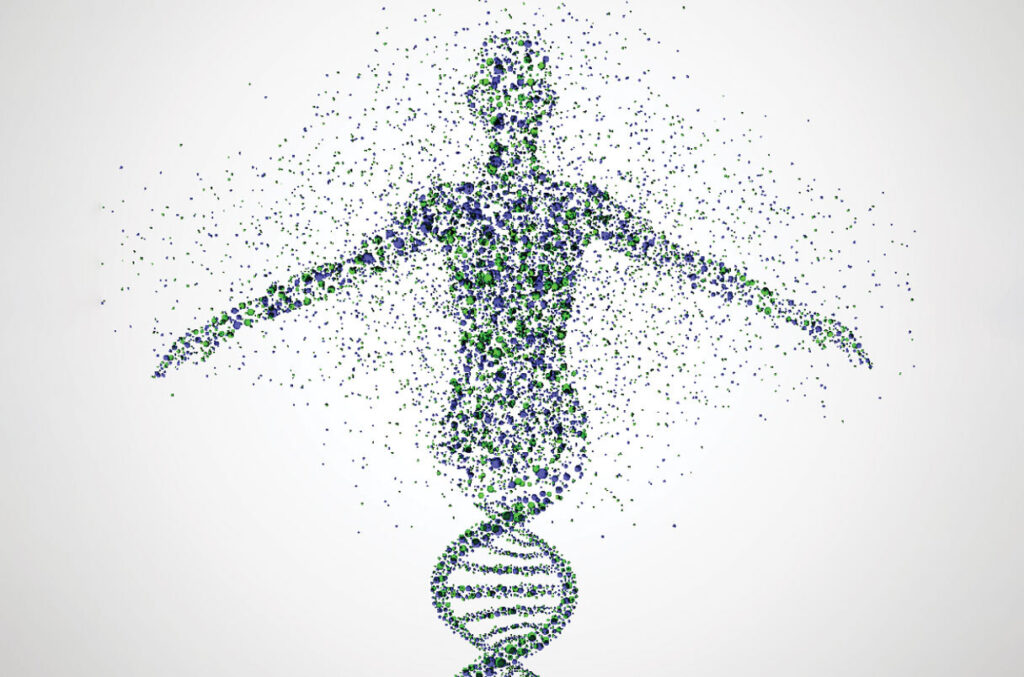Your cells don’t have the genome you were born with. Project aims to chart impact of new mutations.

Every person starts with just one genome, the unique amalgam of paternal and maternal DNA in the fertilized egg. And researchers long thought that over a lifetime, pretty much all of the body’s diverse cells inherit that same genome. But large-scale DNA sequencing over the past decade or so has toppled that view, showing that human DNA starts to accrue mutations early in embryonic development and continues to change throughout life.
As a result, every person is actually a mosaic of genomes, varying across the body and often within the same organ or tissue. These DNA changes introduce a diversity to the body’s somatic, or nonreproductive, cells that may be as important to health as the more pervasive alterations inherited from parents. Now, the National Institutes of Health (NIH) has launched a 5-year, $140 million project to map this universe of genomic diversity—and probe why it matters.
Known as Somatic Mosaicism Across Human Tissues (SMaHT), the program will measure the baseline frequency of these mutations in an assortment of tissues to help researchers better understand how the alterations contribute to health and disease. SMaHT, which in May doled out its first 22 grants, aims to collect samples of 15 tissues from 150 healthy people who donated their bodies for research. It has funded five teams to sequence DNA from these samples—they should begin in the coming months—and is backing others to develop new technologies for analyzing genetic variants and probing their effects.
Read the original article in Science.



